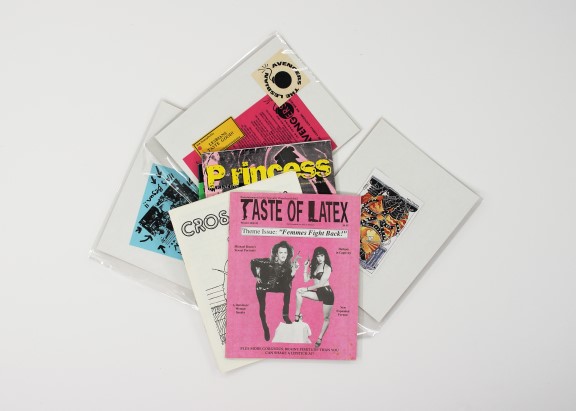
Invitations Archives from 1920s to 1940s. Collection: Diktats. Owner: Antoine Bucher and Nicolas Montagne.

20th anniversary Maison Martin Margiela Box with A Tabi Candle. Collection: RareBooksParis. Owner: Gregory Brooks

Selection of Zines from the Queer Archive Zine Project. Collection: Queer Zine Archive Project. Owner: Milo Miller
About the exhibition
Explore the exhibition in 3D
Project Manager: Cécile Hjelm
Curator: Hanne Eide
Guest Curator: Marco Pecorari
Curator Education: Stine Olstad
Communications Adviser: Mari Grinde Arntzen





